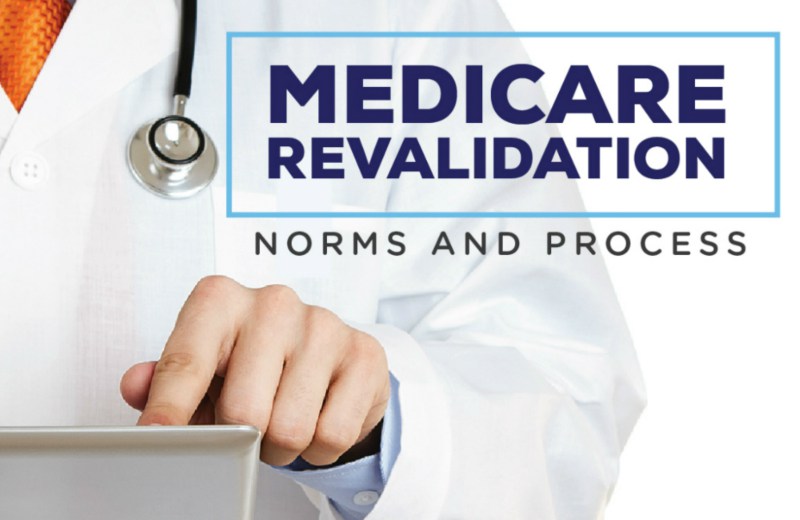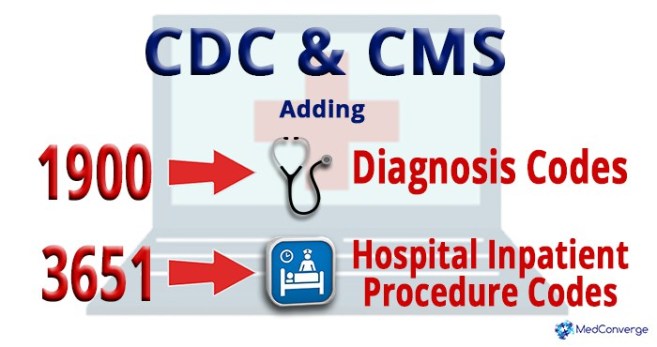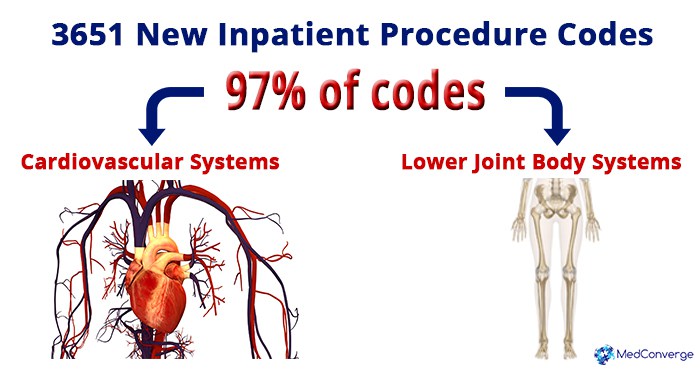Healthcare facilities address the health needs of people and are supposed to treat the sick under all circumstances. However, for any organization to remain viable and continue to provide services, it needs to be paid for the services provided – fully and in time. In order to receive their just dues, organizations have to work with various payers, for example payers like Medicare and Medicaid. Payer enrollment, till a few years back, was not considered necessary by healthcare professionals as important for building their practice. Today, however, it is not just necessary, but nearly imperative for clinicians to be enrolled with insurance companies.
With the coming into being of the Affordable Care Act, people who were previously without any health insurance, now have access to healthcare coverage. This, along with the desire and demand of the majority of patients and their families to utilize their health insurance to pay for healthcare services received rather than paying it out of their own earnings, has made it crucial for healthcare providers to enroll themselves with the payers.
Unfortunately, provider credentialing and enrolling with the payers is becoming more difficult with each passing day. With most insurance panels getting overloaded due to the spurt in membership applications and a lot of them being selective about enrolling providers, the process of enrolling your facility is becoming more challenging. Under the circumstances, outsourcing your credentialing and enrollment not only looks as an attractive option but also makes financial sense.
Benefits of Outsourcing Credentialing and Enrollment Services:
- Reduces operating costs which can typically be around 30-40%.
- Eliminates errors which could lead to delays in your enrollment.
- Gives you the advantage of getting experts to do the job.
- Allows your staff to concentrate on billing and collections.
- Gives you more time to concentrate on your patients and building your practice.
- Saves you tons of paperwork and hours of frustration.
Remember, enrollment is necessary to remain monetarily viable, however, your practice was started to treat patients. That is the core competency of your business and anything else can and should be outsourced to allow you maximum time to do what you do best – help sick people get better.










